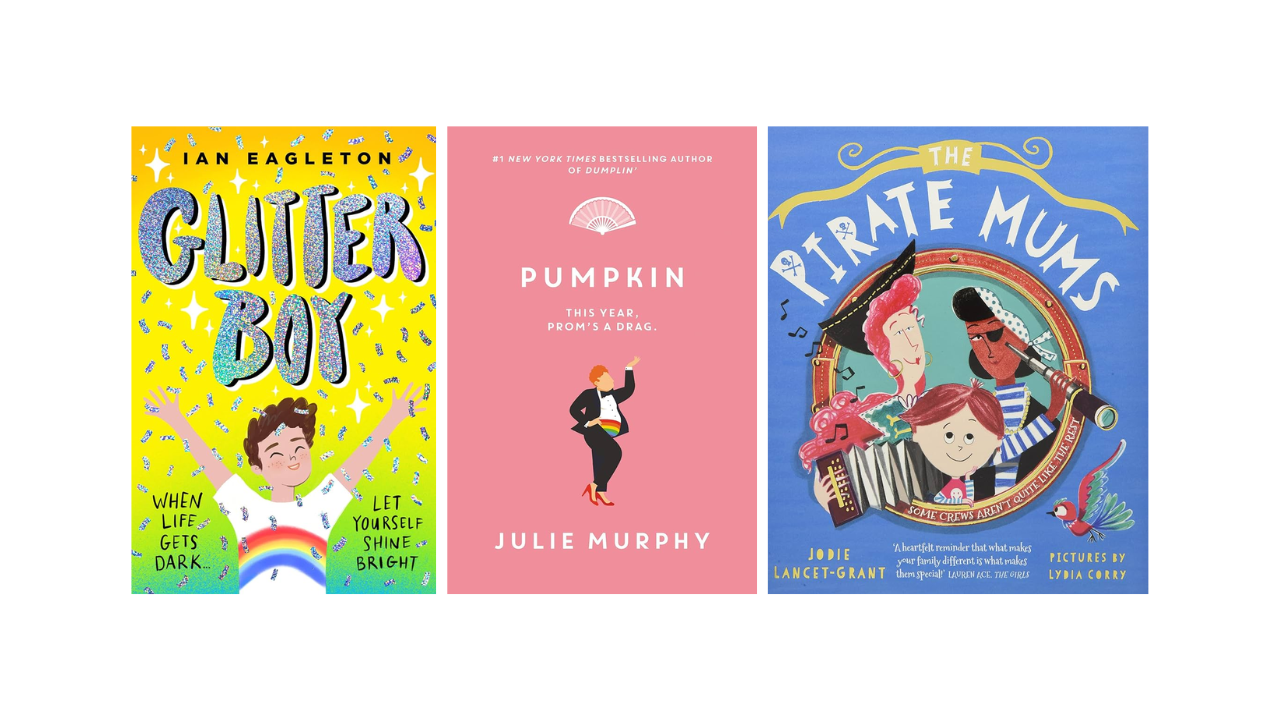The Right to Read LGBTQ+ Books
One of my core beliefs as both a member of the queer community AND a book coach who works with writers of LGBTQ+ fiction is that everyone deserves to be able to read and have access to LGBTQ+ stories if they want to – no matter where they live in the world.
Sadly, that isn’t yet the case. There are still many kids, teenagers and families all around the world who do not have access to queer books. And it wasn’t the case when I was growing up, either. I never read a single LGBTQ+ book as a child or teenager. Not one. The main reason for that was Section 28.
A few of the wonderful LGBTQ+ children’s and YA books that are now out in the world
What is Section 28?
Section 28 was part of the Local Government Act 1988, and it stated that local authorities ‘shall not intentionally promote homosexuality or publish material with the intention of promoting homosexuality’. It also banned the promotion of ‘teaching in any maintained school of the acceptability of homosexuality as a pretended family relationship’.
This abominable, homophobic legislation was brought in by Tory Prime Minister Margaret Thatcher, who felt that teaching children that they have the right to be gay meant they were ‘being cheated of a sound start in life’.
What Section 28 meant in practice is that teachers and librarians couldn't talk about or share any books with LGBTQ+ content. Councils were banned from funding books, films and other materials that showed same-sex relationships.
LGBTQ+ relationships and queerness were not discussed in schools as teachers were afraid to do so, and there were no books with LGBTQ+ storylines or characters on the shelves of public and school libraries.
The impact this had on generations of LGBTQ+ people in the UK was huge. Young LGBTQ+ people simply weren’t seeing themselves reflected in books, other types of media or their educational curriculum. The message was loud and clear: LGBTQ+ individuals and families don’t matter. Being queer is not OK.
In reality, when I was a kid there weren't actually many LGBTQ+ children's books on the market, but there were a few. And countless young people who needed them probably never even knew they existed thanks to this law.
The banning of LGBTQ+ books
Whilst it's shocking to think that Section 28 remained in place until 2003, the recent wave of LGBTQ+ book bans and new anti-LGBTQ+ laws in the US is equally terrifying.
In the US in 2022, attempts were made to ban 2,571 books. Of those books, around half were written by or about LGBTQ+ individuals. And of the 13 most targeted books that year, seven were challenged because they had LGBTQ+ content.
Those who challenged these books were hoping to get them removed from public and school libraries across the US, and 2022 saw the highest number of attempted bans since the American Library Association started compiling data over 20 years ago.
But it’s not just in the US that this is happening. The UK’s library and information association, the Chartered Institute of Library and Information Professionals, has also reported that librarians in the UK are increasingly being asked by members of the public to either censor or remove books from library bookshelves. Amongst the most targeted books are, once again, those with LGBTQ+ themes.
Writers of LGBTQ+ kidlit must keep fighting back
Both Section 28 and the recent attempts to ban LGBTQ+ books are really an attempt to silence LGBTQ+ voices and erase our experiences. But it’s not going to work. Because we will keep fighting back. We have to keep fighting back.
Today, there are so many more LGBTQ+ children's and young adult novels out in the world than when I was young, which is amazing – but we need to keep raising our voices, writing our stories and fighting to ensure these books make it into the hands of as many children, teenagers and families as possible.
Because these LGBTQ+ stories – and your LGBTQ+ stories – matter. They matter so, so much. And everyone should be able to read them if they want to – in schools, libraries and homes, all around the world.
